SUMMARY
This is AI generated summarization, which may have errors. For context, always refer to the full article.
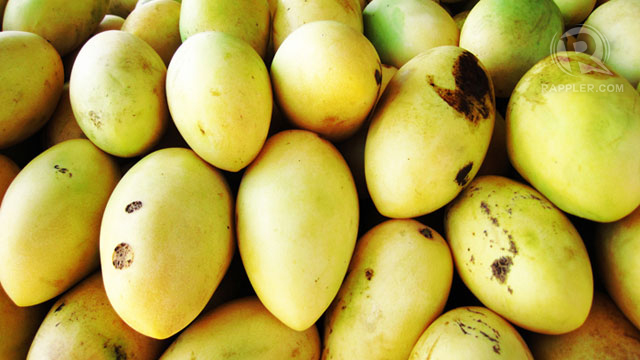
MANILA, Philippines – My taste buds were longing to savor the succulence and sweetness of the Philippine ripe mango.
This craving did me well, for it brought my itchy feet to the land where the sweetest mangoes in the world grow — Guimaras, located in the Philippines’ Western Visayas region.
The boat I took from Ortiz Port swiftly crossed the Iloilo Strait to Jordan Wharf; it only took 15 minutes. As soon as the boat docked, I approached the Tourism Desk to ask for maps and directions.
Armed with research material about the place and contacts, I was confident that I could roam Guimaras alone.
Tourists usually hire tricycles or multicabs, but I chose not to hire any vehicle to pick me up. After all, I was alone and it was very expensive to hire one by myself. Hiring a tricycle for a day would have cost me about a thousand pesos.
Because I travel on a budget, I always prefer to travel like a local: that is, taking public transportation.

From Jordan Wharf, I took a jeepney bound for Nueva Valencia. I knew it would pass by the National Mango Research Development Center (NMRDC), my first stop in this trip. Waiting for other passengers to fill the jeepney took 20 minutes.
When the driver started the engine and the vehicle began to move forward, the rural landscape started unfolding before my eyes. I enjoyed the breeze as the jeepney passed by mango orchards.
I checked my map. It said that I should alight at San Miguel. I reminded the driver that I was going to NMRDC. He and the other passengers said it was still far. I felt a sense of relief.
The jeep dropped me off in a quiet town where houses were far from each other. The locals advised me to take a “singol” (single motorcycle) to NMRDC. One of the “singol” drivers, Mang Henry (an old man in his late 50s), agreed to take me to NMRDC.
Again, the ride took another 15 minutes. We entered an old establishment. The staff out front saw me with my big backpack and were surprised. I noticed the sign outside the building: Regional Rehabilitation Center (RRC). That explained their surprise.
I was lost.
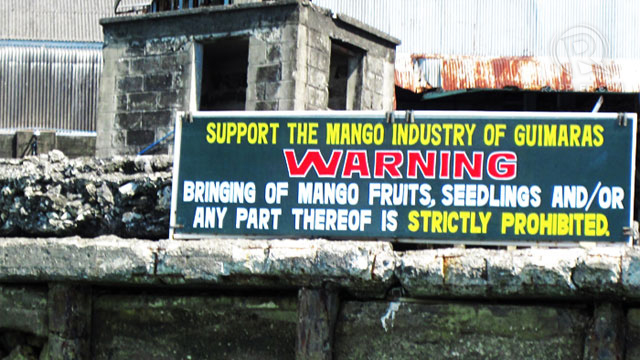
They told me that I was in Concordia, an hour away from San Miguel. I missed my stop.
The jeepney driver and then the motorcycle driver thought I was going to RRC. I later found out that NMRDC is called Mango Research by the locals. They were confused with the abbreviations.
Going back to NMRDC would have cost me time and money. I decided to proceed to Alubijod Cove then to Sitio Guisi in Dolores, where I was planning to spend the night anyway.
Alubijod Cove is where most beach resorts in Guimaras are situated. It is also known as the jump-off point for island hopping.
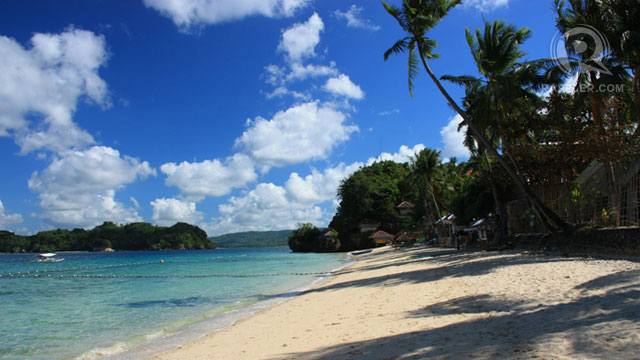
Island hopping costs Php 400. I chose not to go on one. Instead, I took some photos then asked Mang Henry to bring me to Sitio Guisi in Dolores.
At first, he hesitated. He said that Sitio Guisi was too far from Alubijod Cove; it would take another hour to get there. But I knew that there were no other means other than the motorcycle. I only had a very slim chance of finding a jeepney from Alubijod.
I haggled with Mang Henry on the “singol” fare to Guisi. We agreed on a total of Php 120.00 (Php 50.00 from Concordia to Alubijod, then Php 70.00 from Alubijod to Guisi).
With my backpack’s straps securely fastened around my waist, I held onto Mang Henry’s shoulders (with no helmet) and off we went to Clearwaters Beach Resort in Sitio Guisi.
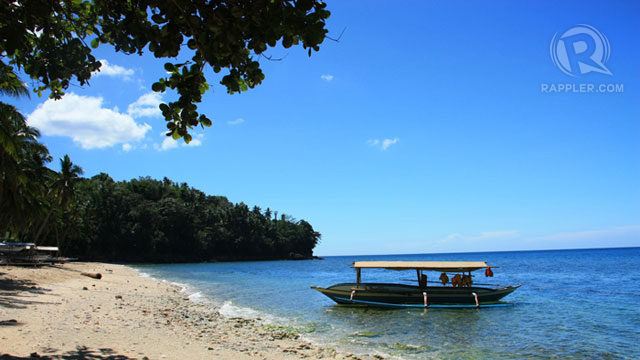
The calmness of the azure waters of Guisi beach welcomed me.
Unlike Alubijod, the beach in Guisi is far from civilization. The place is less commercialized; its raw beauty radiated the way a beach should — pristine, peaceful and clean.
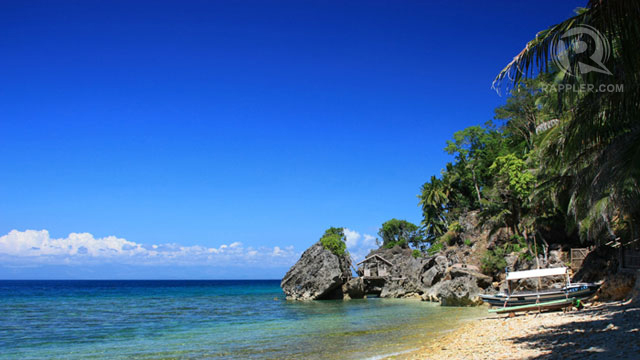
The warmth of the place resonated through the staff of the resort. Nenalyn, Rene and Melinda kept me company throughout my stay.
Traveling alone allowed me to immerse with the locals. I also gained friends.
I spent almost the rest of my stay at the beach.
I remember sitting down on the sand, satisfying my craving for the famed Guimaras mango while watching the waves washing against the shore.
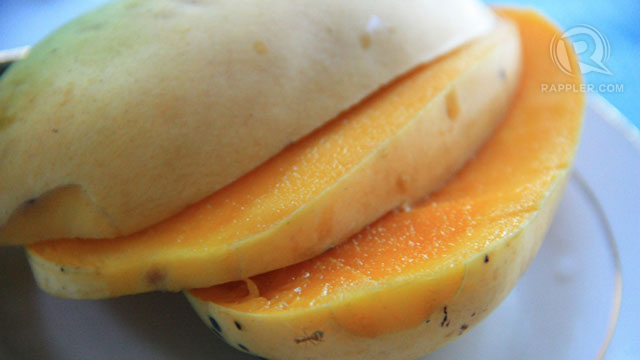
I lost my original plan but found the kindness of the people.
Now I know why Guimaras mangoes are sweet:
It’s because the locals themselves are sweet, too. – Rappler.com
Follow the author’s travels at www.tripadora.com.
Add a comment
How does this make you feel?
There are no comments yet. Add your comment to start the conversation.